Plan for Pollinators
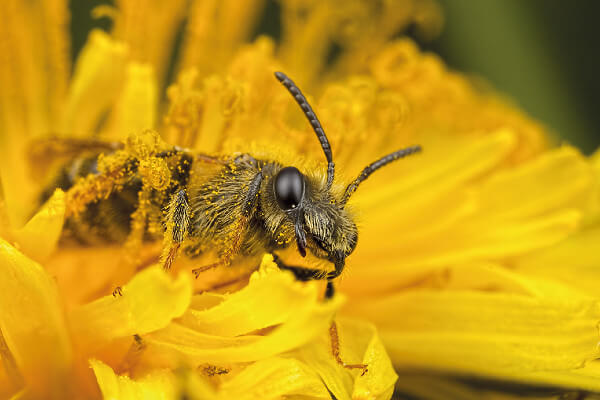
It may be cold outside, but encouraging bees and other pollinators is an all-year-round task, so get planning now for spring, summer and beyond.
We’ve all got the message now that we need to look after the bees. Along with other pollinators (even those dreaded picnic assassins the wasps!) they are the key to helping us save our wild habitats. And of course they can also help our own gardens thrive.
Pollinators enable flowers to reproduce – and if you grow fruit and veg you won’t see much of a harvest without some garden-friendly bugs helping with the pollination process!
Here’s five ways to make your garden a palace for pollinators:
1. Extend the flowering season
Make sure you have flowers that bloom from early spring right the way through to late autumn/winter, to give pollinators a longer feeding season. Ask at your local garden centre for ideas for early spring and late autumn and beyond.
2. Choose different-shaped flowers
According to our friends at the Herts and Middlesex Wildlife Trust, buff-tailed bumblebees and white-tailed bumblebees prefer short, open flowers – like those on white clover and comfrey. Delphiniums and honeysuckle, with their long, tube-like blooms, appeal to the garden bumblebee, which has a long tongue. And because the red-tailed bumblebee is quite large, it likes to have a landing platform – like that provided by daisy flowers.
3. Plant wildflowers
Native plants will provide what the bees know best. And if you choose the kinds of plants that grow in the countryside around you, your soil should be the perfect growing medium. There are lots of wonderful plants to choose from including the common foxglove (Digitalis purpurea), stinking hellebore (Helleborus foetidus), which only smells if crushed, and has the most charming upside-down, cupshaped green blooms with red edges. Clematis vitalba (old man’s beard) and red and white campions (Silene) are more great choices. Check out the RHS website’s Plants for Pollinators section for more inspiration. You can also buy plenty of wildflower seeds and ‘bee bombs’ designed to create a wildflower explosion over a season.
4. Avoid flowers with double or multiple rows of petals
While more fancy flowers such as hybrid tea roses and pompom dahlias may look good, because they are filled with petals, pollinators find them harder to access. These cultivated plants also tend to lack both nectar and pollen.
5. Provide nesting sites for bees and other bugs
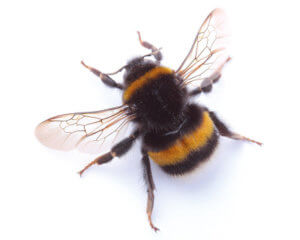 There are plenty of ready-made bee and bug hotels to be found in garden centres, local markets and shops. Or you can save some cash by simply piling some logs and twigs together to make an attractive home. If you want to have a go at making your own bee hotel, you’ll find instructions at www.livingmags.info/features/save-the-bees.
There are plenty of ready-made bee and bug hotels to be found in garden centres, local markets and shops. Or you can save some cash by simply piling some logs and twigs together to make an attractive home. If you want to have a go at making your own bee hotel, you’ll find instructions at www.livingmags.info/features/save-the-bees.
Pollinator-friendly plants
Pussy willow
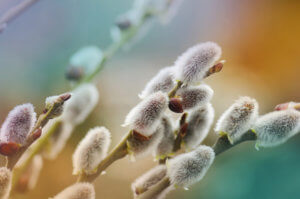
These lovely trees provide food for two types of mining bees – solitary bees that ‘mine’ into the earth to create their nests – Clarke’s mining bee and the Chocolate mining bee.
Lavender
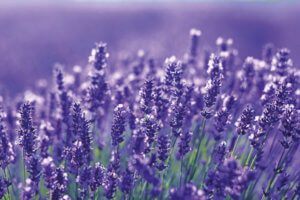
Anyone who has ever passed a hedge of lavender positively humming with bees and hoverflies on a summer’s day, knows that this is a great plant to add to the garden.
White hawthorn
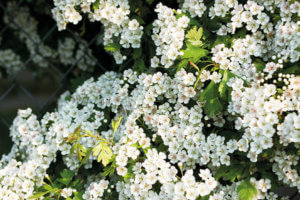
If you’re looking for something to provide secure hedging, the white hawthorn with its thorny branches, is ideal. While intruders hate it, the bees love it when the May blossom appears. It encourages the likes of the red mason bee and the tawny mining bee.
Abelia
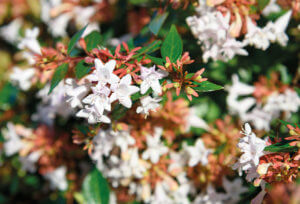
Also called the bee bush, so the clue is in the name. This evergreen shrub has dainty white flowers and a heady scent that will bring all the bees to your yard! A great addition to your autumn pollinator-friendly patch.
Mahonia
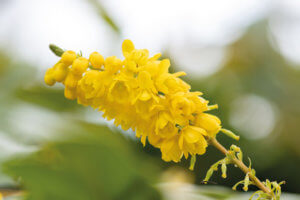
A wonderful winter plant that brings scent at a time of year when there’s little to be had. Its yellow flowers also provide food for bees that are overwintering.

